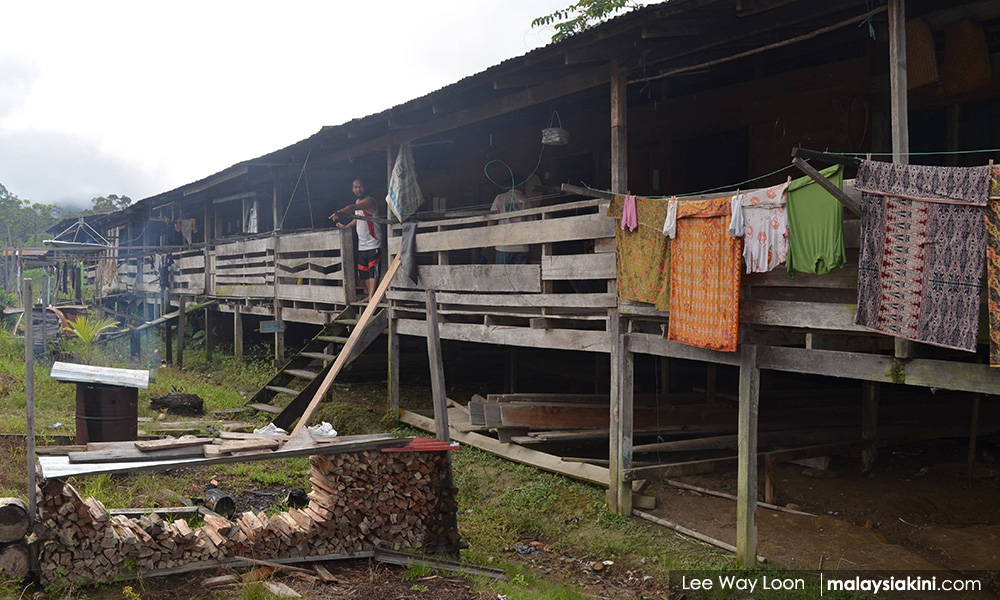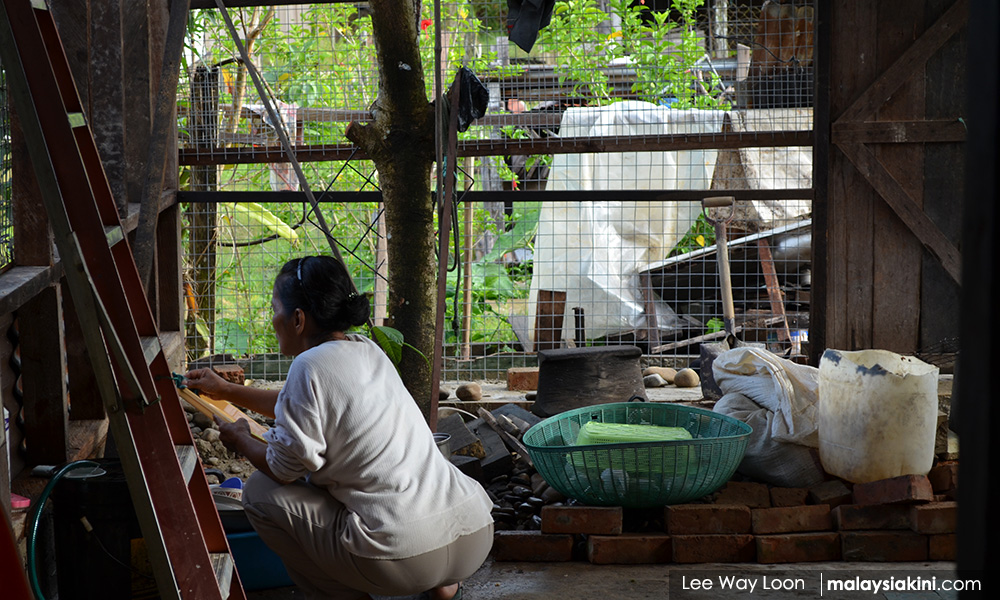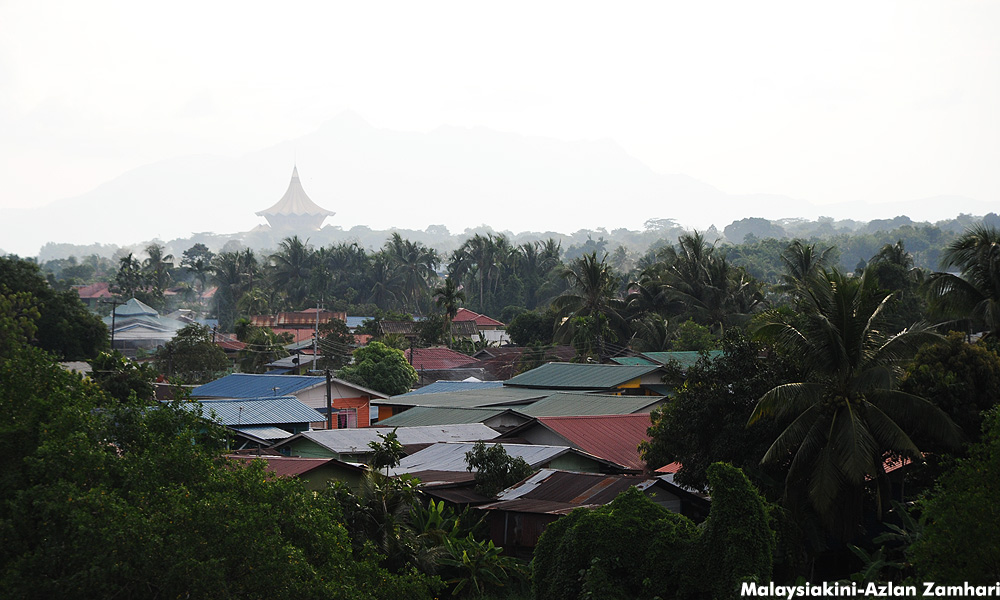
When I read the announcement yesterday that the old DUN building in Petra Jaya would undergo a makeover and be turned into a performing arts centre, my first thought was: another ‘state-of-art’ project again? How many hundred million ringgits would it cost this time?
My mind started recalling the focus on fancy ‘state-of-the-art’ projects and the ones that came to mind were:-
(i) the RM308 million new Sarawak Museum Campus that started in 2015 and
scheduled for completion March 2020;
(ii) the RM35 million Darul Hana Bridge launched in November 2017, and
(iii) the RM31 million Musical Water Fountain launched in November 2018.
How does this ‘masterpiece’ benefit the population at large in terms of creation of jobs? Perhaps only 10-20 percent of the city-folks who are able to afford the tickets to enjoy performing arts.
State-of-the-art meaning using hi-tech? Should it not be a private initiative with incentives from government? I did a quick Google for performing arts centres and found KLPAC – a private initiative.
Do Sarawak leaders really think we are interested? Performing Arts when many find it hard to put food on the table? Lunch at the local kopitiam costs RM10 these days.
Where is the focus on reducing hardships, such as providing seamless public transportation that should start with government subsidized buses and strict enforcement of bus lanes, for a start.
What is the development priority of the GPS government in terms of meeting the hierarchy of needs of the individual Sarawakian? Are physiological and safety needs already fulfilled statewide that it is time to focus on self-actualisation?
Are we ready for such self-actualisation when Kuching, the capital city of Sarawak, has not even managed to activate green campaigns with the insignificant no-plastic day limited to weekends?
Why is Kuching entitled to such "high" standards of facilities, whereas those in the interior are bereft of basic facilities such as treated piped water, electricity and roads? Why must they be satisfied with tong biru (blue barrels), unmaintained solar panels, self-funded gensets and fuel, and muddy tracks for roads?
Doesn’t the proposed DUN makeover project confirm the accusation that folks in the interior are purposely kept dependent for political reasons?
I recently visited a fishing village in the West Malaysia and it was thriving. It had a thriving aquaculture industry too. The 50-pond aquaculture farm was able to harvest 100 tonnes monthly and more importantly, it had a market for the harvest; the sea-produce were harvested by 12 noon and made their way to the Selayang wholesale market in the Klang valley by 1.00pm every single day.

In Sarawak, many of us have heard complaints that those who have made attempts at agricultural activities cannot find markets for their produce/harvest. I have a friend who started planting bananas and papayas, now ready for harvest at 100 kg each fruit per week, and he is worried stiff about marketing them. I have read that a Sarawak fruit producer had to invest in a factory in Johore because local logistics were not adequate.
Our Sarawak government has got its priorities all wrong.
After more than 50 years of governance, it cannot be that state government isn’t aware that it's vital to find markets for local produce and the logistical support to transport them.
Is it not incumbent upon the ruling government to incentivise private participation that will optimize utilization of available local resources and human capital?
In a town about 200 km away from Kuching, a friend advertised a clerical position. She was shocked to receive over a hundred applications, with several graduate applicants willing or forced to settle for minimal pay.

Closer to home in Kuching, a young mother within my circle of concern, shared that she had to be out of her house by 5.00am every morning to take her mother to the market, her 3 children to secondary, primary schools and day-care centre in order to reach her office by 8.30am, feeling already tired and stressed by the time she reached the office daily.
Asked why her husband couldn't help, she responded that he drives a lorry and will be out of the house sometimes as early as 2 am.
Does our government understand that they were voted in to govern for and in the interests of the people? Or are they out of touch with the hardships and rigours of life faced by the average Sarawakian?
Are they so used to an ‘obedient’ and acquiescent populace dependent on them for basic infrastructures that they continue to be heavy-handed and overbearing in their choice of development projects?
I have been told by friends with roots in the interior that most times, it is not that the rural folks are afraid to voice their grouses or dissatisfaction at the poor treatment, but oftentimes, it is because these folks have no idea at all that it is their right to receive fair and reasonable services.

That being the case, continuous education to bring awareness by non-governmental stakeholders and citizens residing in urban areas ‘privileged’ not to have been sidelined, should be stepped up on behalf of rural Sarawakians to demand better delivery of facilities for all.
The underprivileged and the poor do not need handouts; they need support and a leg up, and be taught how to fish. It is a dereliction of the goverment’s duty if it is not doing that.
LYNN TEO is a grandmother who is a member of ROSE, an advocacy group upholding democracy through citizens' participation in democratic processes. - Mkini



No comments:
Post a Comment
Note: Only a member of this blog may post a comment.